Porcelain Veneers or Dental Bonding? A Guide to Cosmetic Smile Enhancements
At a Glance
Porcelain veneers and dental bonding are two popular cosmetic procedures for improving the appearance of your smile. Porcelain veneers are thin shells crafted to cover the front surface of your teeth, enhancing their color, shape, size, or length. Due to their high quality and lasting durability, porcelain veneers cost between $1,200 and $2,500 per tooth. In contrast, dental bonding involves applying a resin to the surface of your teeth, which is then hardened with a special light. This procedure has lower initial costs, with prices ranging from $300 to $500 per tooth, but it tends to have a shorter lifespan of 5 to 7 years and may not resist stains as well as porcelain veneers. Choosing between these two options depends on the nature of the issues you seek to correct, your budget, and your long-term dental goals.
Introduction
Porcelain veneers and dental bonding are both cosmetic dentistry solutions designed to enhance the appearance of your teeth. Porcelain veneers are thin, personalized shells crafted from durable porcelain and attached to the surface of your teeth. Dental bonding, on the other hand, involves applying a tooth-colored resin to repair or alter the shape of a tooth. Both methods aim to improve dental aesthetics and boost your confidence with a brighter, more uniform smile.
Understanding the differences between porcelain veneers and dental bonding will help you make informed decisions about improving your smile through cosmetic dentistry. Factors including cost, durability, and aesthetic outcomes vary between these procedures, and carefully considering these differences allows you to choose the option that best aligns with your needs and budget.

What Is Dental Bonding?
Dental bonding is a cosmetic dentistry procedure used to improve the appearance of your smile by applying resin material to your teeth, altering their shape, size, or color. It’s often recommended for concealing chips, cracks, and discoloration, as well as for closing gaps and modifying tooth length and shape. Beyond cosmetic improvements, dental bonding material is also used in restorative dentistry for filling cavities, replacing fillings, and protecting exposed roots due to gum recession.
Cosmetic dental bonding is a minimally invasive, cost-effective, and versatile treatment for concealing various imperfections. Unlike procedures like porcelain veneers, which require permanent tooth alteration, dental bonding typically doesn’t require removal of your tooth enamel. Furthermore, your dentist can complete the procedure in a single office visit, making it a fast and convenient option compared to cosmetic procedures that require multiple appointments.
However, while dental bonding offers a good option for minor cosmetic improvements, it doesn’t match the stain resistance or longevity of restorations such as crowns or porcelain veneers. In addition, bonding materials can be prone to chipping over time and may be less suitable than other options for smiles that require more significant transformations.
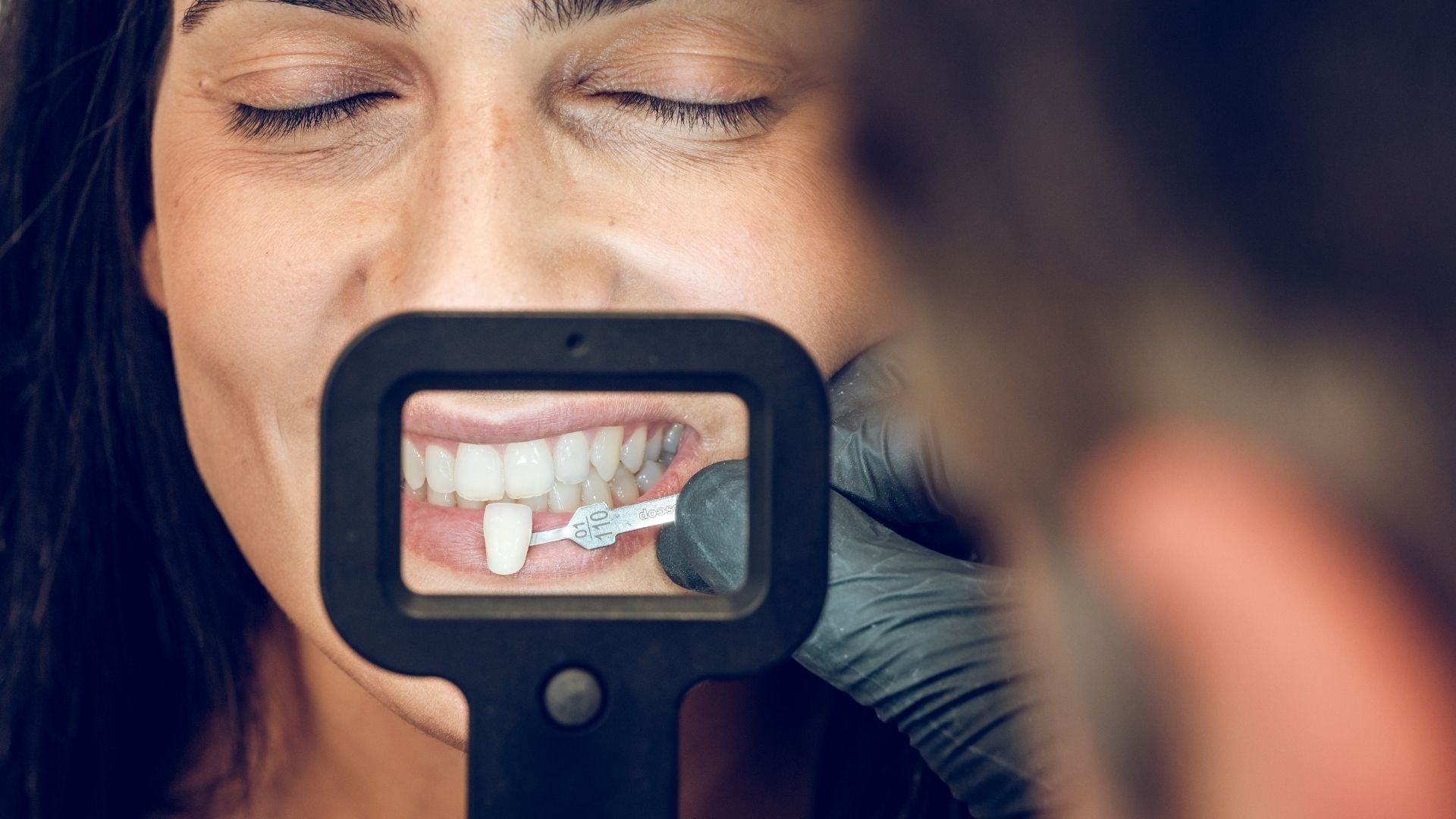
The Advantages of Porcelain Veneers
Porcelain veneers offer a range of advantages for those seeking to improve their smile. They provide a natural-looking and durable solution for addressing dental issues such as discoloration, chipped or cracked teeth, and gaps. Moreover, porcelain veneers are stain-resistant and only require minimal alteration of the natural tooth structure, making them a popular choice among those seeking cosmetic improvements to their smile.
Porcelain veneers cost more upfront than dental bonding, often ranging from $1,200 to $2,500 or more per tooth, whereas bonding generally ranges from $300 to $500 per tooth. However, the long-term investment in porcelain veneers begins to make sense once you consider their superior durability. Porcelain veneers can last 15 years or more with proper care, while dental bonding materials typically need replacement or repair every five to seven years due to wear or discoloration.
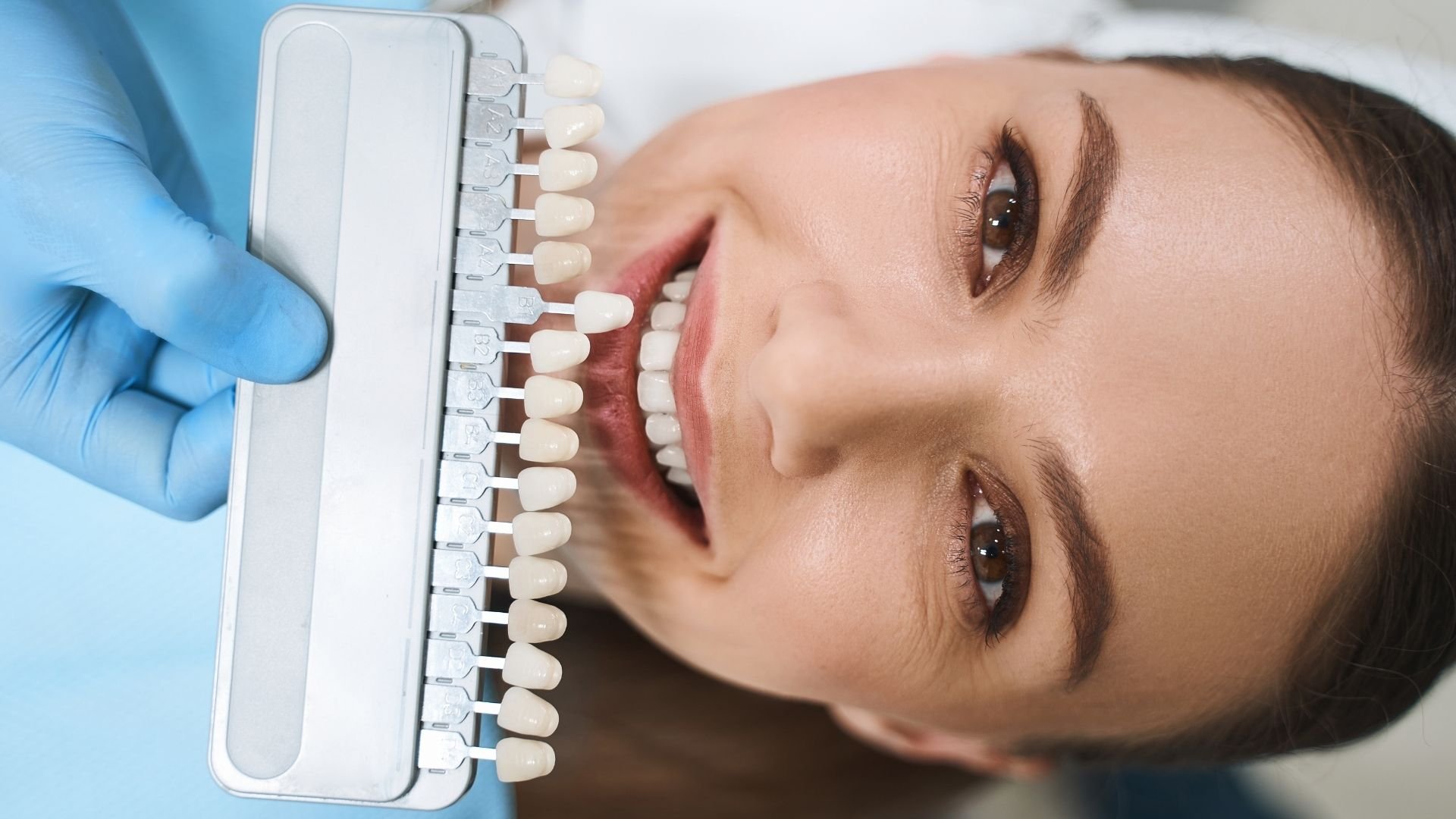
In addition, the materials used in porcelain veneers offer unmatched aesthetic benefits. Porcelain has a glass-like quality that mimics the translucency and shine of natural tooth enamel, resulting in a realistic and appealing smile. To the contrary, the composite resin used in dental bonding can begin to stain and lose its luster within a few years.
Considering their long-term benefits and aesthetic excellence, porcelain veneers are an effective solution for those who prioritize quality and durability in their cosmetic dental treatments. Their value extends far beyond their initial investment and offers unparalleled confidence in one’s smile.
Comparing the Procedures
Dental bonding involves applying resin directly to your teeth, where it’s sculpted and hardened to achieve the desired look. The process for getting porcelain veneers involves removing enamel from your teeth and attaching thin shells. Let’s look more closely at these procedures below.
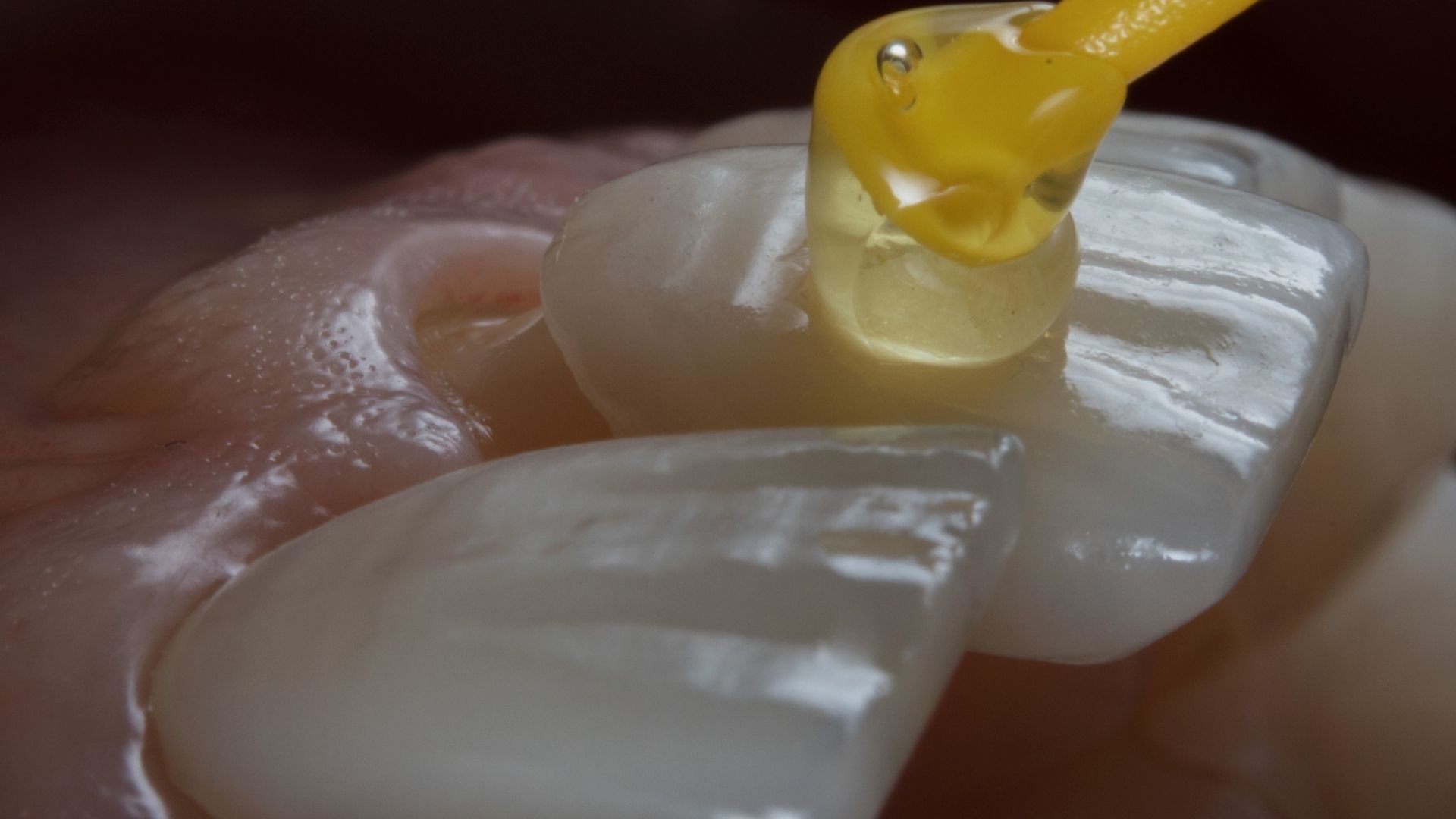
🦷 Dental bonding
The dental bonding process begins with a preparation phase to ensure the success of the bonding. Your dentist will first clean your teeth to remove all traces of plaque and tartar. This step ensures a clean surface for the bonding material to adhere to. Additionally, if the bonding procedure aims to repair a cavity, the dentist will also remove any decayed matter from the tooth, both to halt further decay and to prepare the tooth for the composite resin.
Following this initial preparation, your dentist will begin the bonding procedure:
- The dentist will use specialized dental tools to etch the surface of your tooth, creating a better surface for the bonding material to adhere to.
- Your dentist will then apply an adhesive to your tooth to create a bond between the natural tooth and the composite resin material.
Once the tooth or teeth are prepared, and the adhesive is in place, your dentist will apply the composite resin. This material is carefully molded and shaped to match the natural appearance of your teeth. For the final step in the bonding process, the dentist will use a curing light to harden the resin, effectively securing it to the tooth. The process of dental bonding generally takes between 30-60 minutes per tooth, and bonding only a few teeth can be completed during a single appointment. Bonding numerous teeth, however, may require multiple visits.
Maintaining the results of your dental bonding procedure requires a few important, but simple, aftercare practices:
- For the first 48 hours following the procedure, you should avoid substances known to cause staining–such as coffee, tea, or red wine–to prevent discoloration of the composite material.
- To avoid damage to the bonded teeth, you should refrain from biting down on hard objects, which could chip the bonding material.
- Regular oral hygiene practices, including brushing and flossing, are essential for keeping the bonded areas clean and for maintaining overall dental health.
- If any issues arise, such as the development of rough edges or changes in color, you should contact your dentist for a professional evaluation and any necessary adjustments.
By following these guidelines, you can enjoy the benefits of dental bonding for several years, maintaining both the health and aesthetics of your smile.
The advantage of dental bonding lies in its simplicity and relative affordability. The cost is generally lower than procedures like porcelain veneers, providing a budget-friendly option for enhancing your smile.
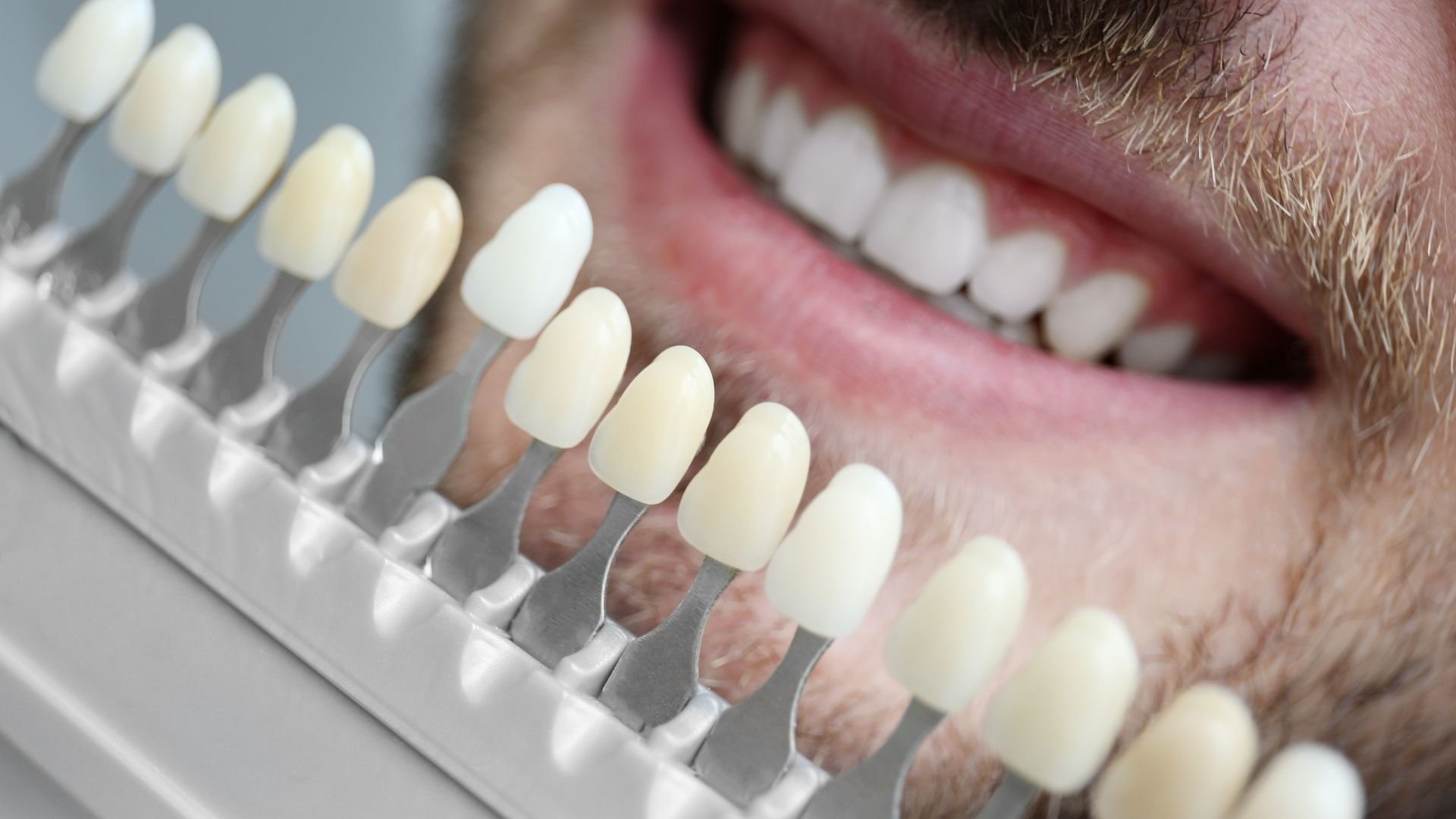
🦷Porcelain veneers
After consulting with a cosmetic dentist and deciding to get porcelain veneers, you will need to attend two additional appointments. During the first of these appointments, your dentist will prepare your teeth by removing a small amount of tooth enamel. This ensures that your porcelain veneers will not look unnatural or bulky. It also establishes a strong bond between the veneers and your teeth.
During this appointment, your dentist will also take impressions of your teeth, after which you’ll work closely with the dentist to finalize the design of the porcelain veneers. This collaborative approach helps to ensure the final product meets your expectations and provides you with a confident smile for years to come. Depending on how many teeth are being treated, this appointment can last three or more hours.
Your dentist will then send the moldings and a shade guide to a dental lab, where technicians will fabricate your porcelain veneers, a process that can take several weeks. By choosing a dentist with a good track record and an established relationship with a dental lab, you’re assured of the timely creation of your porcelain veneers without sacrificing quality. While you wait for your porcelain veneers, your dentist will provide you with temporary veneers to protect your prepared teeth and help you get used to the feel of veneers.
Once your porcelain veneers are ready, your dentist will arrange another appointment to apply the veneers, a process that takes a few hours at most. During this appointment, the dentist will take several steps to ensure your satisfaction:
- Preparation: Your dentist may do a final check to ensure your teeth are clean and ready for veneer placement.
- Adjustments: Your dentist will place the porcelain veneers on your teeth temporarily and adjust the veneers as needed. This can involve trimming or shaping the veneers with the goal of achieving a natural and seamless fit with your surrounding teeth.
- Bonding Process: Once any adjustments are made, your dentist will apply a special dental adhesive to attach the veneers.
- Curing: After the porcelain veneers are positioned correctly and the adhesive is applied, your dentist will use a UV light to harden the adhesive, solidifying the bond between your teeth and the veneers.
- Cleaning and Polishing: Following the curing process, the dentist will remove any excess adhesive and give your new veneers a final cleaning and polishing.
After your porcelain veneers are applied, your dentist might suggest a mild pain reliever to help with any discomfort, although this may be unnecessary. You should also avoid hard or sticky foods for several days to protect the veneers from excessive pressure.
For maintaining porcelain veneers over the long term, you should only need to follow a basic dental care routine, including:
- Brushing your teeth twice a day with a soft-bristle toothbrush and non-abrasive toothpaste, as well as flossing daily to keep both your teeth and your veneers healthy and bright.
- Avoiding habits that could damage your porcelain veneers, such as using your teeth as tools or chewing on hard objects like ice or pens. If you grind your teeth at night, wearing a mouthguard can prevent damage.
- Attending regular dental checkups and cleanings to ensure the longevity of the veneers and address any potential issues early.
By adhering to these care guidelines, you can ensure your porcelain veneers remain in excellent condition and that your smile stays bright for years to come.
Which Solution Is Right for You?
Choosing between porcelain veneers and dental bonding requires you to consider a number of factors. Moreover, discussing these options with an experienced cosmetic dentist can help you make an informed decision about your smile. Some of the factors you’ll need to consider include:
- Budget considerations: Porcelain veneers cost more upfront but offer superior durability and stain resistance, making them a cost-effective long-term option. While dental bonding is initially more budget-friendly, it may require more maintenance or earlier replacement.
- Durability and maintenance: Porcelain veneers typically last 10-15 years or more with proper care. Dental bonding materials are less durable, with a lifespan of 5-7 years before they show wear or discoloration.
- Tooth Preservation: Porcelain veneers involve removing a thin layer of tooth enamel. This process is irreversible and most suited for those committed to a permanent solution. Dental bonding preserves more of the natural tooth structure and may be an attractive option if you’re seeking less permanent alterations to your natural tooth structure.
Choosing between porcelain veneers and dental bonding depends on your personal priorities, including costs, durability, maintenance, and tooth preservation. Consulting with a skilled cosmetic dentist will help you make the best choice for the health and beauty of your smile.
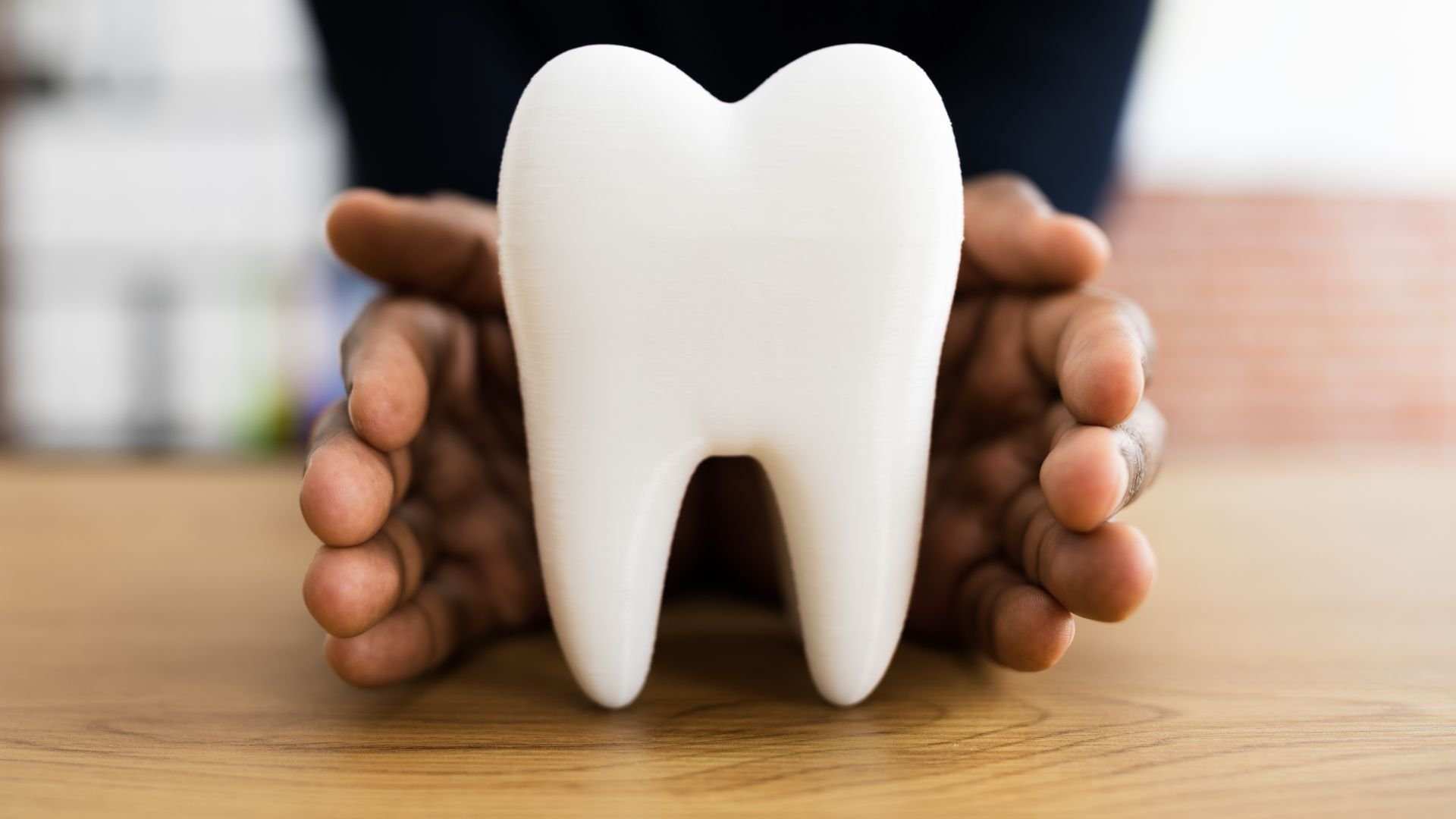
Conclusion
Both porcelain veneers and dental bonding offer unique benefits for improving the appearance of your smile. Dental bonding provides a cost-effective, minimally invasive option for those seeking quick cosmetic improvements, making it ideal for minor alterations and repairs.
On the other hand, porcelain veneers–with their superior durability, stain resistance, and natural appearance–represent a more significant investment in the long-term beauty and health of your smile. Whether you’re considering the simplicity and affordability of dental bonding or the lasting elegance of porcelain veneers, consulting with a skilled cosmetic dentist will help you make an informed decision that aligns with your dental goals and ensures you achieve the confident, radiant smile you desire.

Share this
You may Also Like
Related Stories

Unveiling the Dental Lab's Key Role in Crafting Your Porcelain Veneers

Porcelain Veneers: A Long-lasting Solution for Dental Confidence
.jpg)



No Comments Yet
Let us know what you think